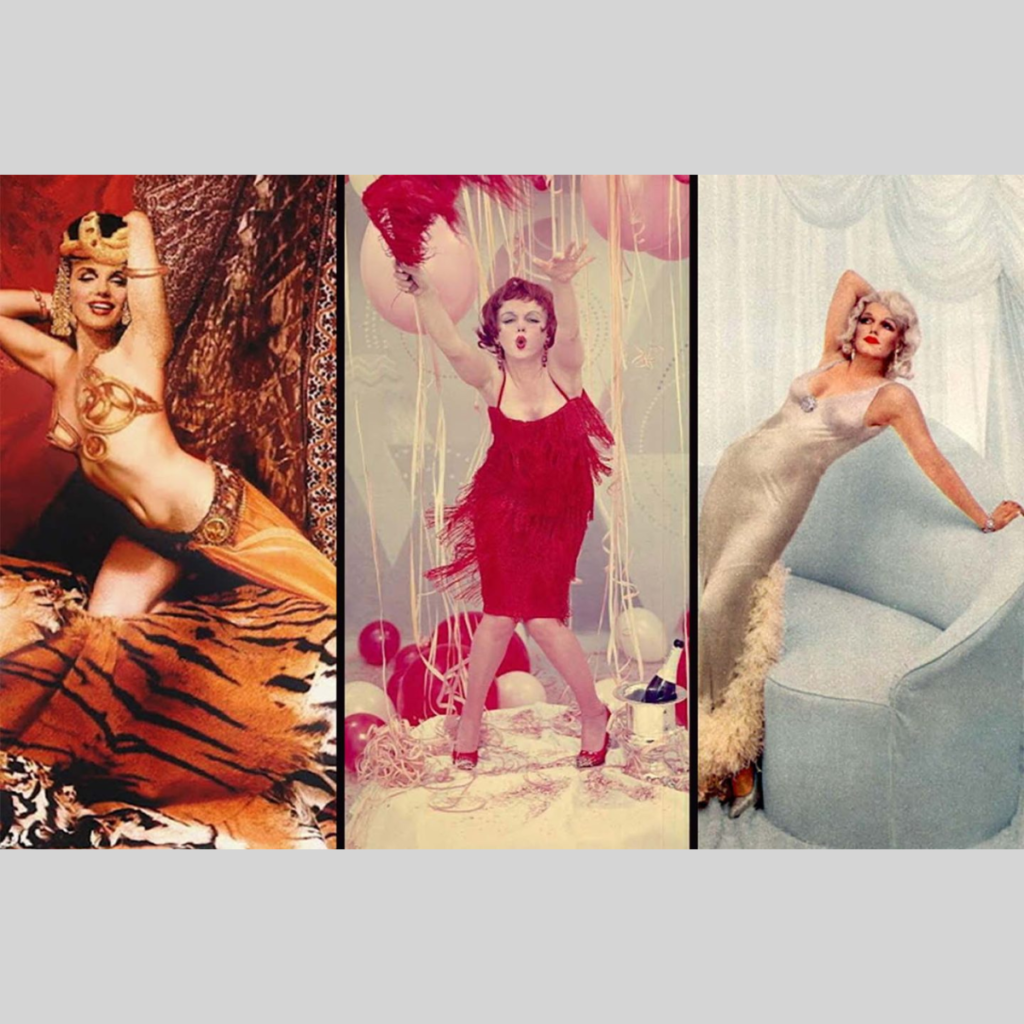

Actresses and models often take inspiration from Marilyn Monroe, but did Marilyn herself pay tribute to Hollywood legends of the past?
These were Lillian Russell, Theda Bara, Clara Bow, Jean Harlow, and Marlene Dietrich. Though Avedon was not completely happy with the photographs, the pictures appeared in the Christmas issue of Life.
Avedon found in Marilyn an easy subject to work with, “She gave more to the still camera than every other actress – every other woman – I had the opportunity to photograph…”
He added that she was more patient with him and more demanding of herself than others and that she was more comfortable in front of the camera than when not posing.
Adding a personal touch to this feature, Marilyn’s husband, the renowned playwright Arthur Miller, contributed an article titled “My Wife, Marilyn.” This combination of stunning visuals and personal insights offers a unique glimpse into Marilyn’s world.
As in life so in these pictures — [Marilyn] salutes fantasy from the shore of the real until there comes a moment when she carries us, reality and all, into the dream with her, and we are grateful.
Her wit here consists of her absolute commitment to two ordinarily irreconcilable opposites — the real feminine and the man’s fantasy of femininity.
We know she knows the difference in these pictures, but is refusing to concede that there is any contradiction, and it is serious and funny at the same time.
I am quite conceivably prejudiced, but I think this collection is a wonder of Marilyn’s wittiness. As Lillian Russell, Marilyn sits [on] the solid gold bicycle just inexpertly enough to indicate that she is, after all, a lady…
Her hands lace around the bike handles so much more femininely than they grasp the fan as Clara Bow. And here again is the difference between imitation and interpretation, between making an affect and rendering a spirit.
1. Marilyn as Lillian Russell

Lillian Russell (born 1860 or 1861, 1922) was an American actress and singer.
She became one of the most famous actresses and singers of the late 19th and early 20th centuries, known for her beauty and style, as well as for her voice and stage presence.
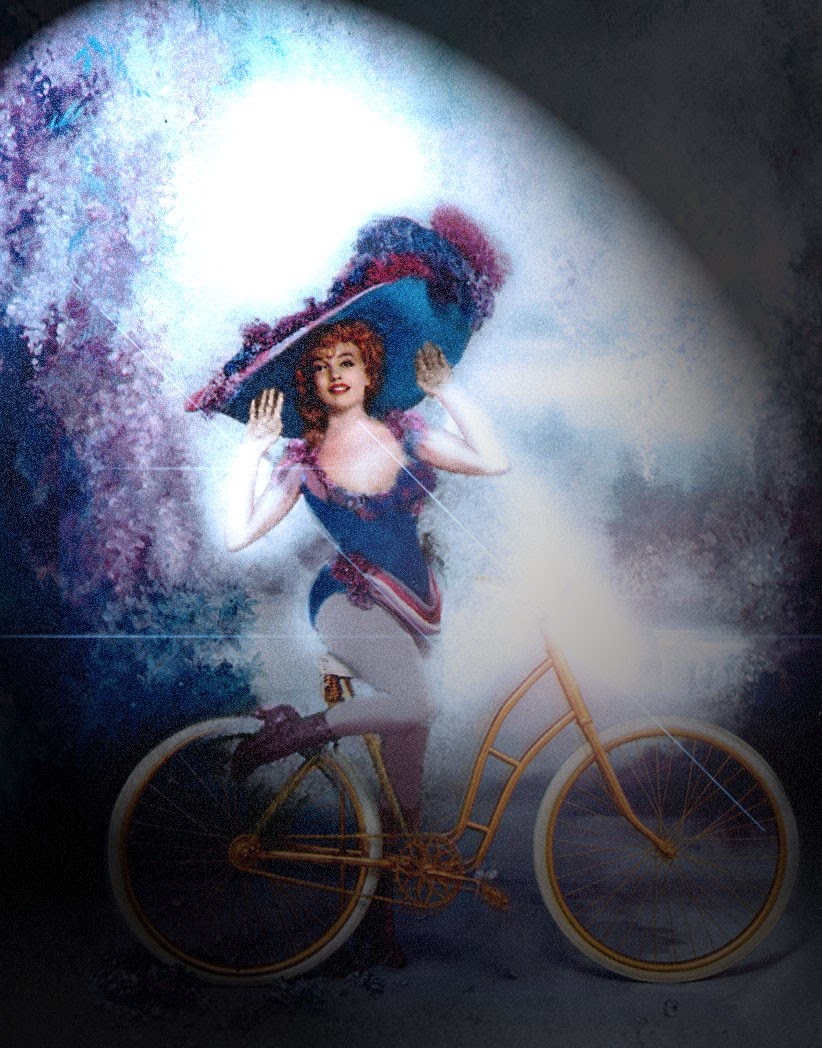
2. Marilyn as Theda Bara, silent film star from 1914–1926
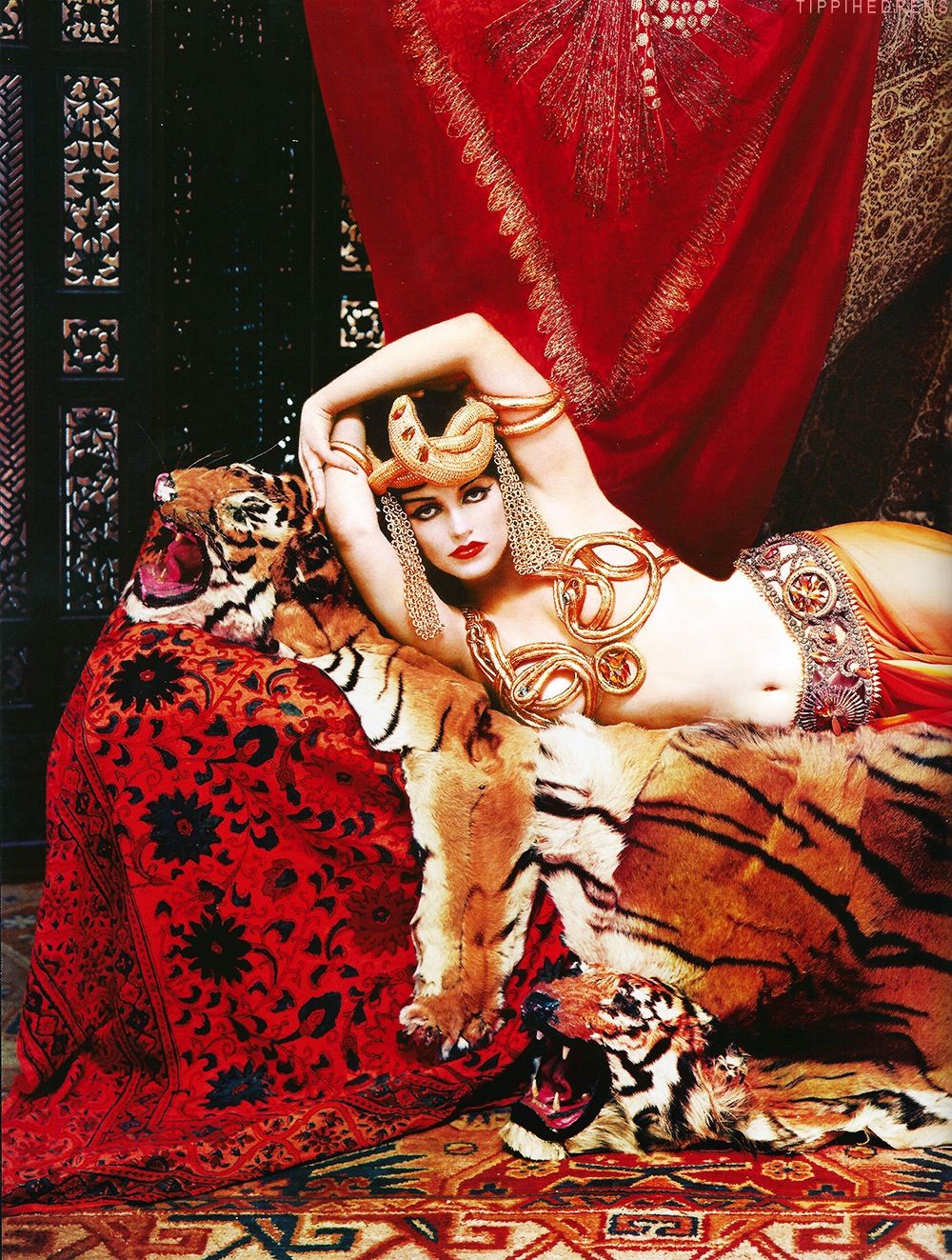 Theda Bara was one of the more popular actresses of the silent era and one of cinema’s early sex symbols.
Theda Bara was one of the more popular actresses of the silent era and one of cinema’s early sex symbols.
Her femme fatale roles earned her the nickname “The Vamp” (short for vampire, here meaning a seductive woman), later fueling the rising popularity in “vamp” roles based in exoticism and sexual domination.
The studios promoted a fictitious persona for Bara as an Egyptian-born woman interested in the occult.
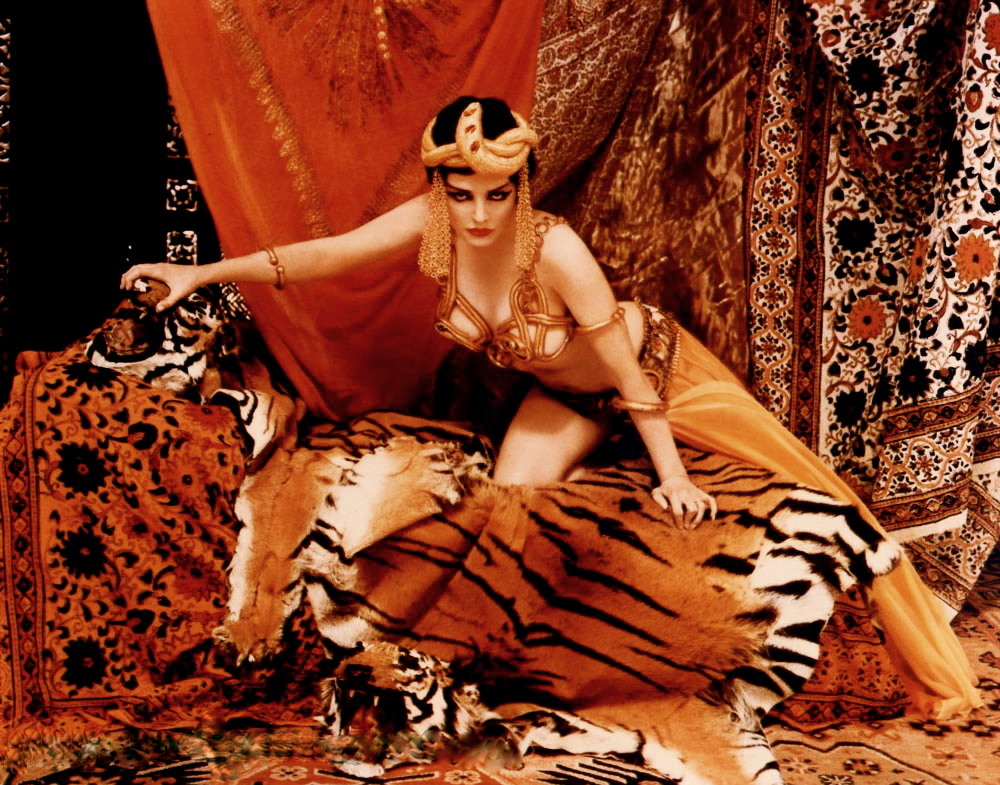
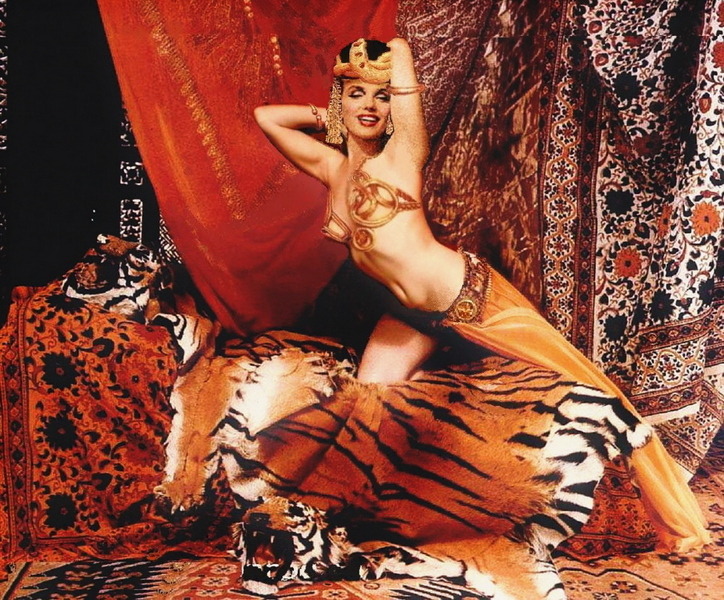
3. Marilyn as Clara Bow
 Clara Gordon Bow was an American actress who rose to stardom during the silent film era of the 1920s and successfully made the transition to “talkies” in 1929.
Clara Gordon Bow was an American actress who rose to stardom during the silent film era of the 1920s and successfully made the transition to “talkies” in 1929.
Her appearance as a plucky shopgirl in the film It brought her global fame and the nickname “The It Girl”.
Bow came to personify the Roaring Twenties and is described as its leading sex symbol.
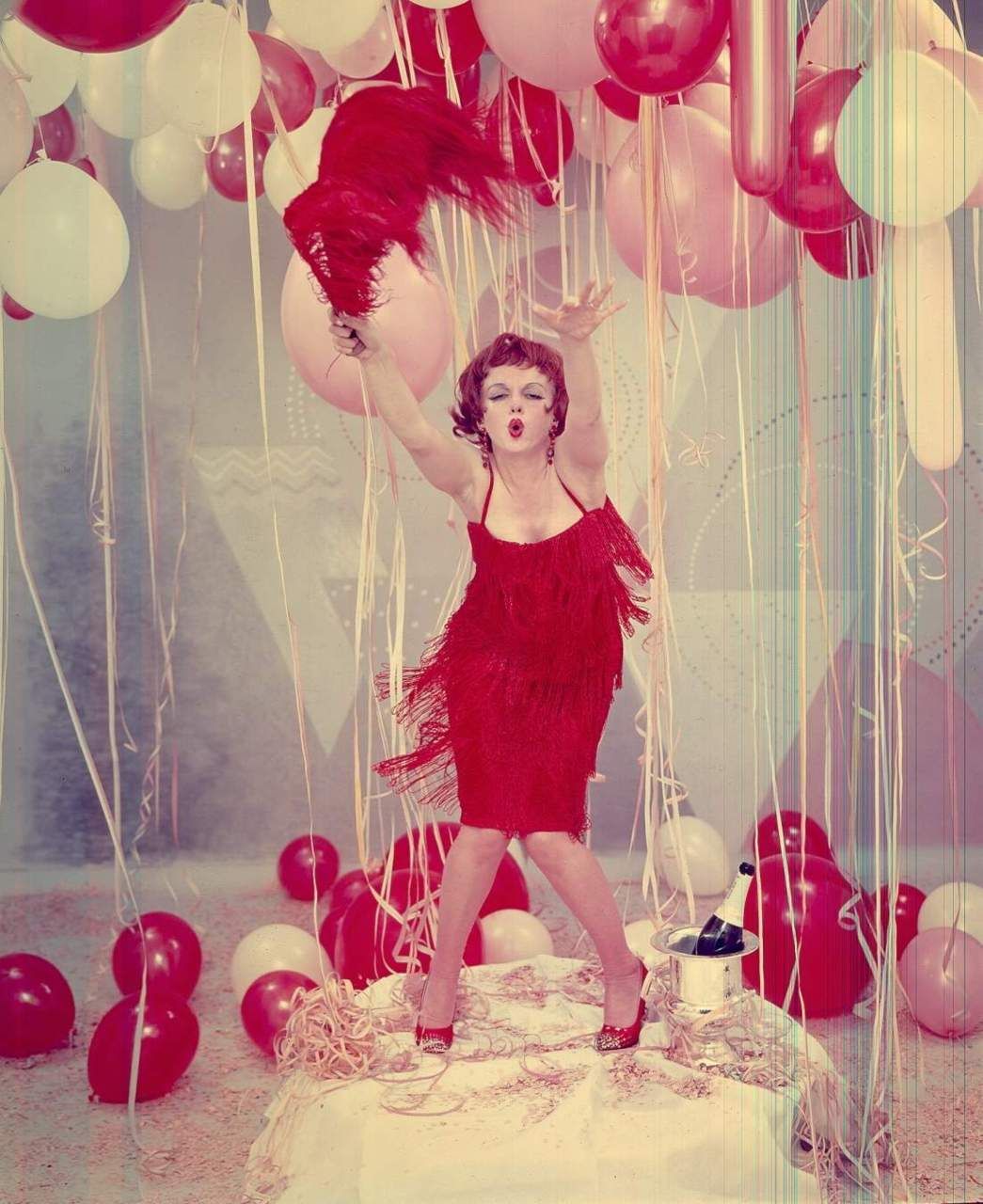
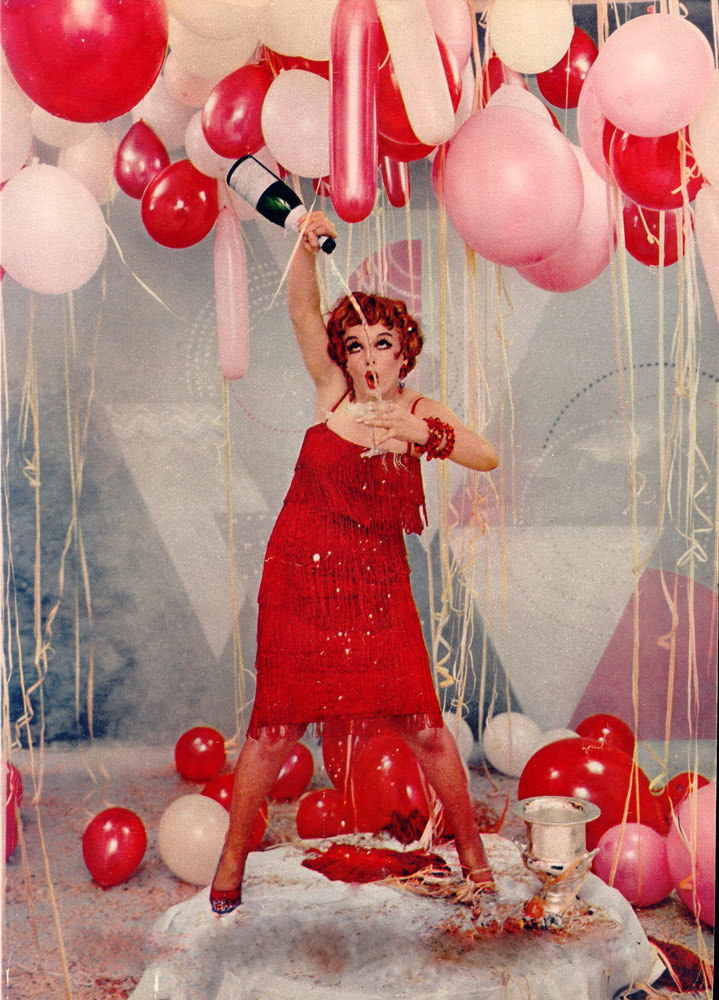
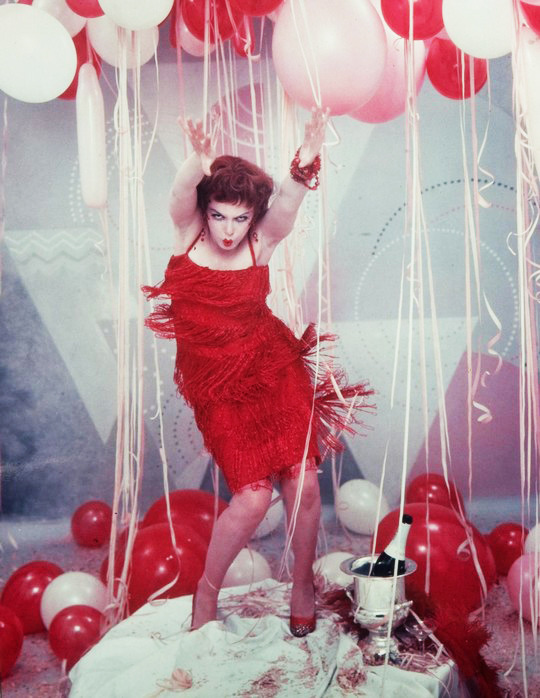
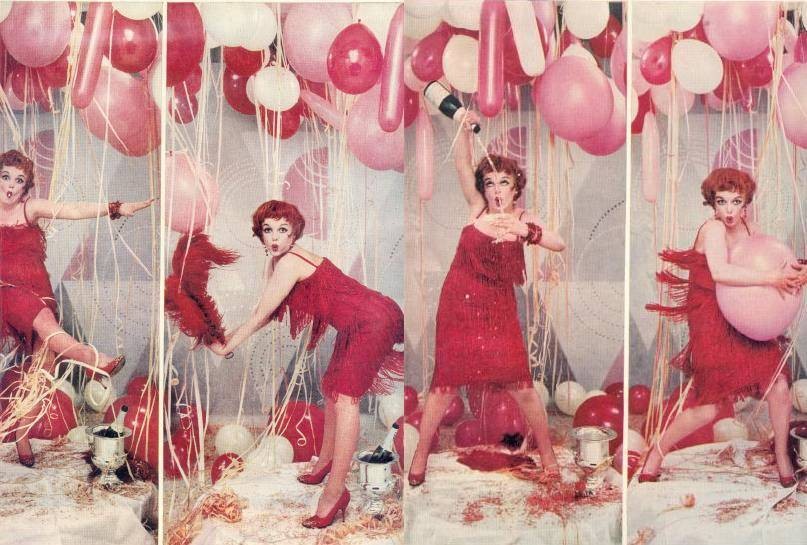
4. Marilyn as blonde bombshell Jean Harlow
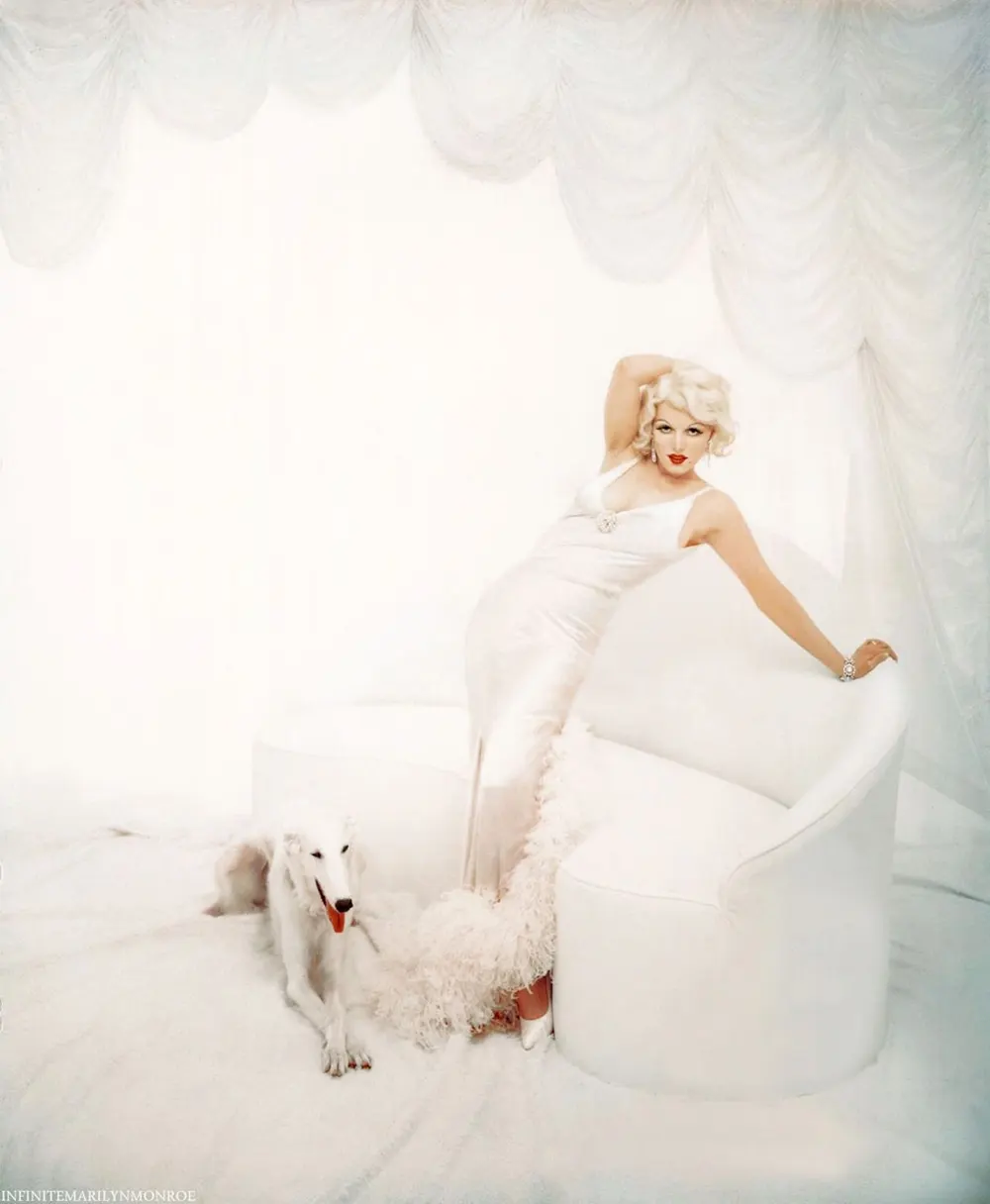 Jean Harlow (March 3, 1911 – June 7, 1937) was an American actress. Known for her portrayal of “bad girl” characters, she was the leading sex symbol of the early 1930s and one of the defining figures of the pre-Code era of American cinema.
Jean Harlow (March 3, 1911 – June 7, 1937) was an American actress. Known for her portrayal of “bad girl” characters, she was the leading sex symbol of the early 1930s and one of the defining figures of the pre-Code era of American cinema.
Often nicknamed the “Blonde Bombshell” and the “Platinum Blonde”, Harlow was popular for her “Laughing Vamp” screen persona.
Harlow was in the film industry for only nine years, but she became one of Hollywood’s biggest movie stars, whose image in the public eye has endured.
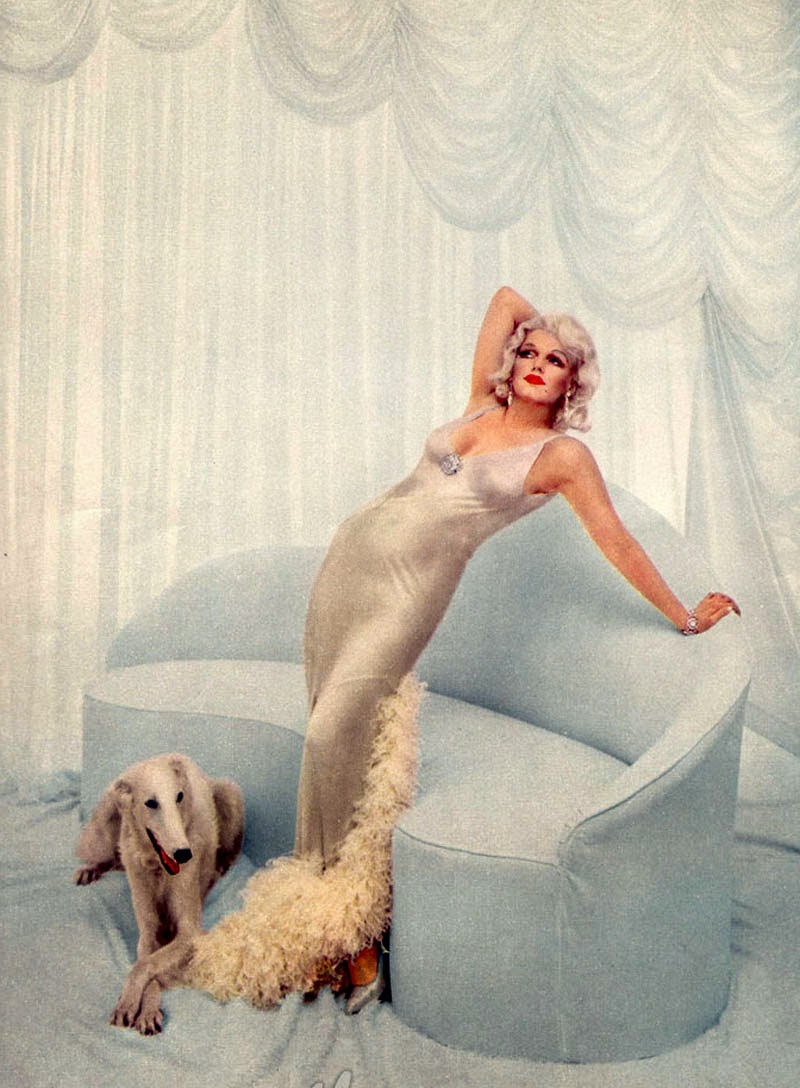
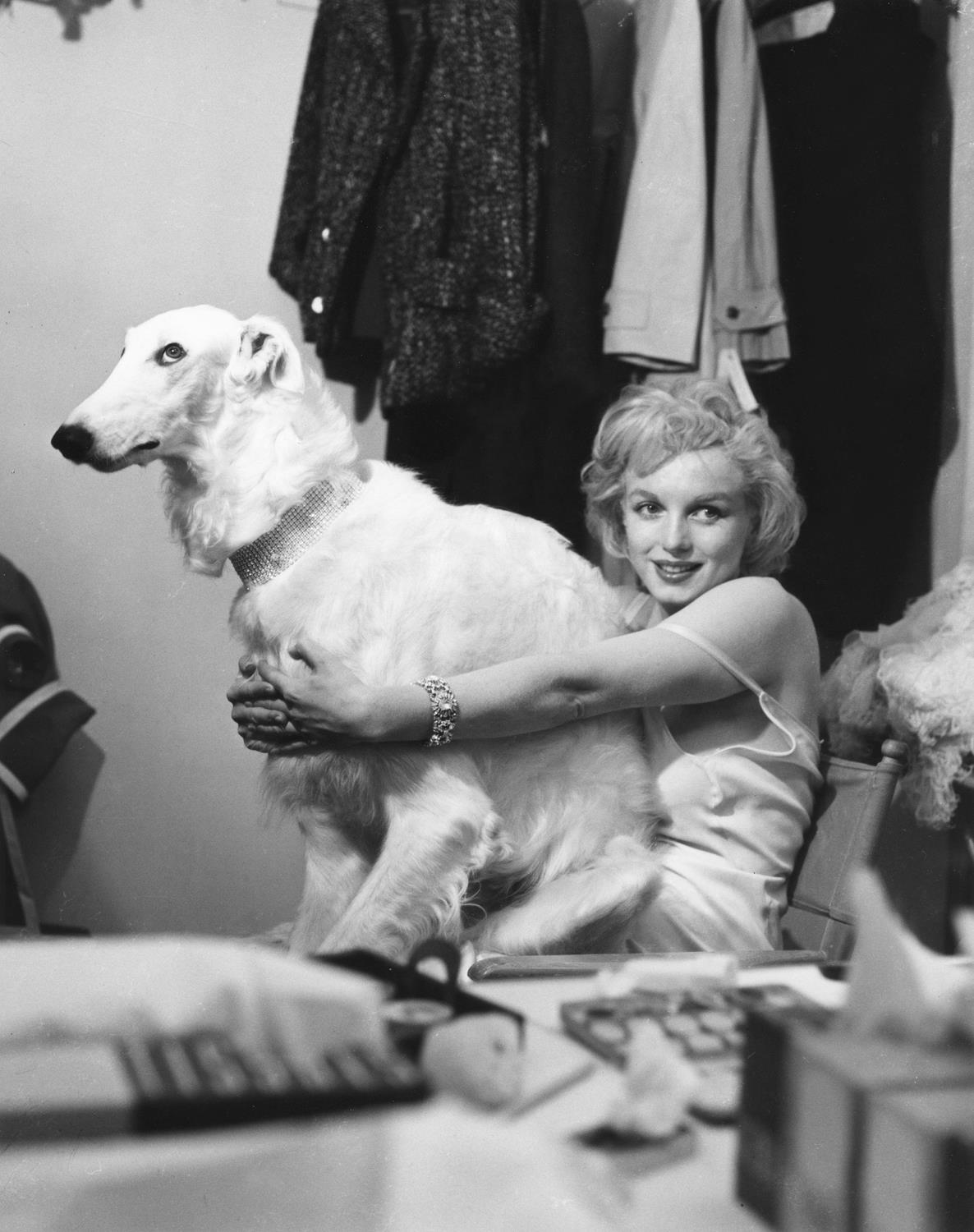

5. Marilyn as Marlene Dietrich
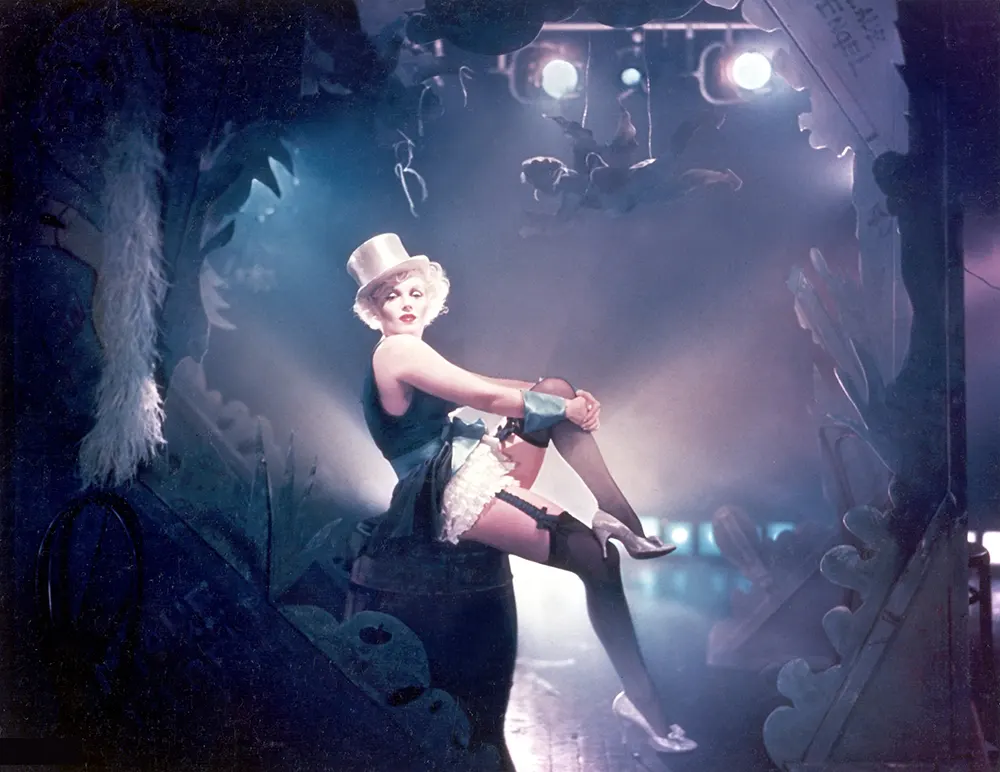
Marie Magdalene “Marlene” Dietrich was a German and American actress and singer whose career spanned from the 1910s to the 1980s.
In 1920s Berlin, Dietrich performed on the stage and in silent films. Her performance as Lola-Lola in Josef von Sternberg’s The Blue Angel (1930) brought her international acclaim and a contract with Paramount Pictures.
She starred in many Hollywood films, including six iconic roles directed by Sternberg: Morocco (1930) (her only Academy Award nomination), Dishonored (1931), Shanghai Express and Blonde Venus (both 1932), The Scarlet Empress (1934), The Devil Is a Woman (1935), Desire (1936), and Destry Rides Again (1939).
(Photo credit: Richard Avedon for Life Magazine / Wikimedia Commons / Pinterest).